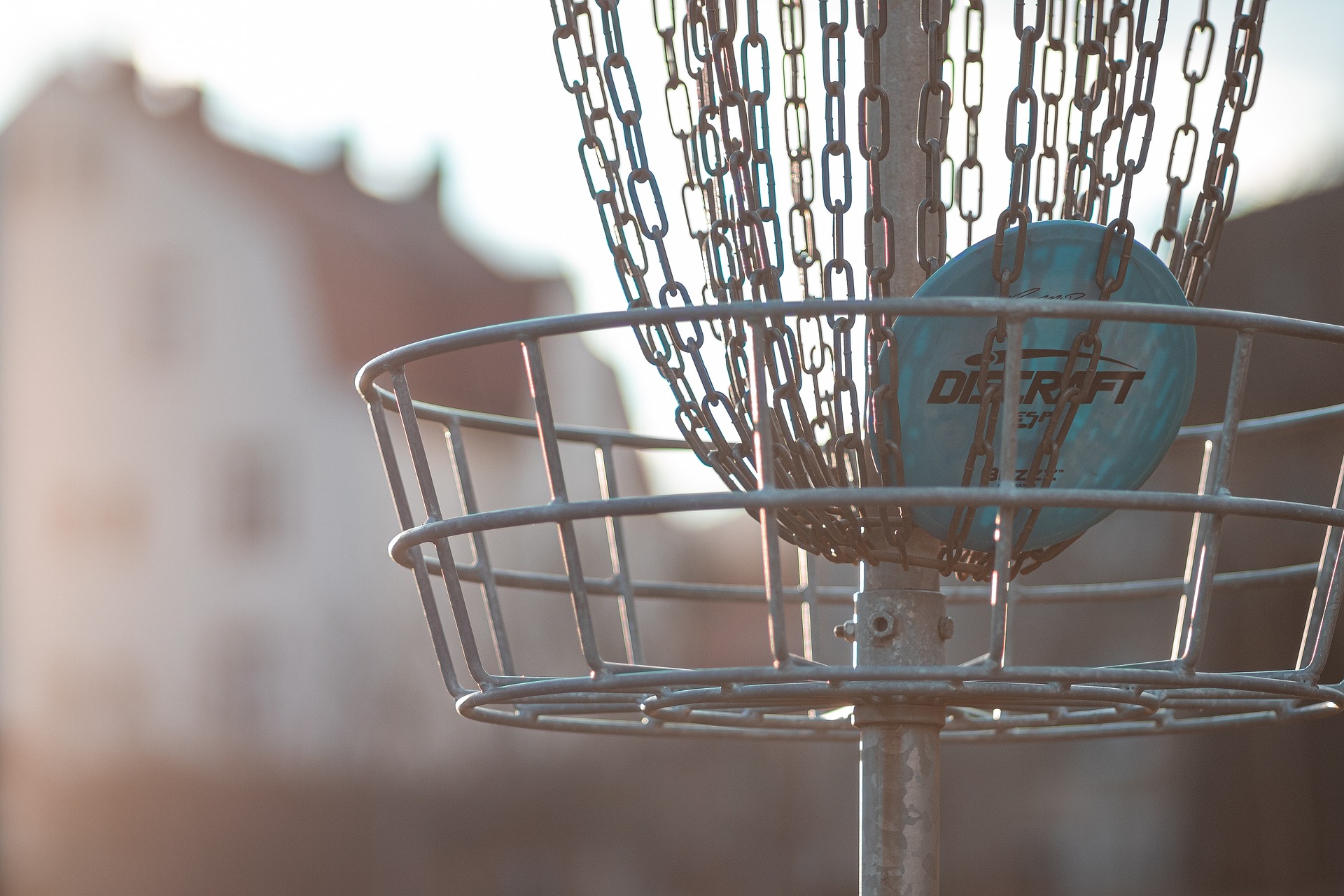The Steep and Spiraling Game of Disc Golf: The Future of American Sports
Disc golf has stepped out of the shadows and targeted its way into the heart of sports in America. Its increasing popularity, particularly amidst the post-pandemic scenario, has turned it into a fascinating blend of tradition and modernity. This article aims to shed light on this burgeoning sport, its evolution, the uniqueness it brings to our sports landscape, and why it could potentially be the future of American sports.

Rise of Disc Golf in America
The roots of disc golf can be traced back to the early 20th century but the sport has only recently soared in popularity. The pandemic, ironically, has played a huge role in its rapid growth as people sought an outdoor activity that allowed for social distancing and provided a competitive avenue. According to the Professional Disc Golf Association (PDGA), the number of active members has nearly doubled to 70,000 in 2022 from less than 35,000 in 2015. Similarly, the number of sanctioned events has jumped to over 4,800, nearly twice the number seen a few years earlier.
The Appeal of Disc Golf
Disc golf has a unique appeal that makes it captivating to a broad spectrum of Americans. Besides being an excellent way to enjoy the outdoors, it offers an easy entry point for beginners, is relatively inexpensive compared to traditional golf, and allows for intense competition or casual play. Compared to other sports, disc golf also has a lower risk of injury which enhances its appeal for the family-oriented pastime. Additionally, most disc golf courses are located in public parks, increasing accessibility and reducing potential socio-economic barriers to participation.
The Rules and Techniques of Disc Golf
The game of disc golf, much like traditional golf, has a clear objective of getting the disc (akin to a golf ball) into a basket (the hole) with as few throws as possible. There are different types of discs — drivers, mid-range discs, and putters — each serving different functions based on their unique aerodynamics. The precision, speed, and trajectory with which the disc is thrown can drastically impact the game, lending a strategic and technical element to the sport.
The Role of PDGA and Disc Golf’s Future
The PDGA has played a crucial role in promoting disc golf, sanctioning competitions, establishing rules, and advocating for the sport. Their efforts have led to an upswing in visibility for disc golf, ushering in a new wave of enthusiasts and players. The application of disc golf to the 2028 Los Angeles Olympic Games further attests to the sport’s lofty aspirations, signaling a bright future.
Disc Golf Community: A Driving Force
A major force behind disc golf’s growth is the community surrounding it — a collective, active group of followers that advocate for the sport. Disc golf communities establish new courses, host volunteer events, and foster a spirit of camaraderie and inclusivity that boost the popularity of the sport. This sense of community sets disc golf apart and is a key factor in its increasing popularity.
- Disc Golf was formerly known as “Tin Lid Golf” and was played with tin lids or pie plates.
- The first standardized disc golf course with metal baskets was established in Pasadena, California in 1975.
- The basic equipment for disc golf is a disc and a course with targets, generally consisting of 9 or 18 holes.
- The professional game includes three types of discs: the driver for maximum distance, the mid-range for a variety of situations, and the putter for short distance and accuracy.
- PDGA, founded in 1976, now has over 70,000 active members.
As we look forward, disc golf stands poised at the precipice of becoming a mainstream sport. The combination of its simple premise, unique game mechanics, and the community that nurtures it, indeed provides a compelling case for its future. Rising from obscurity to a potential Olympic sport, disc golf is an inspiring narrative of recreation done right, that not only speaks to our need for physical engagement and competition but our inherent drive to be a part of something larger - a community, a movement. As America continues to embrace this spiraling phenomenon, tomorrow’s sports could look a lot different than today’s. Disc Golf is not just a game, but a future of American sports.




